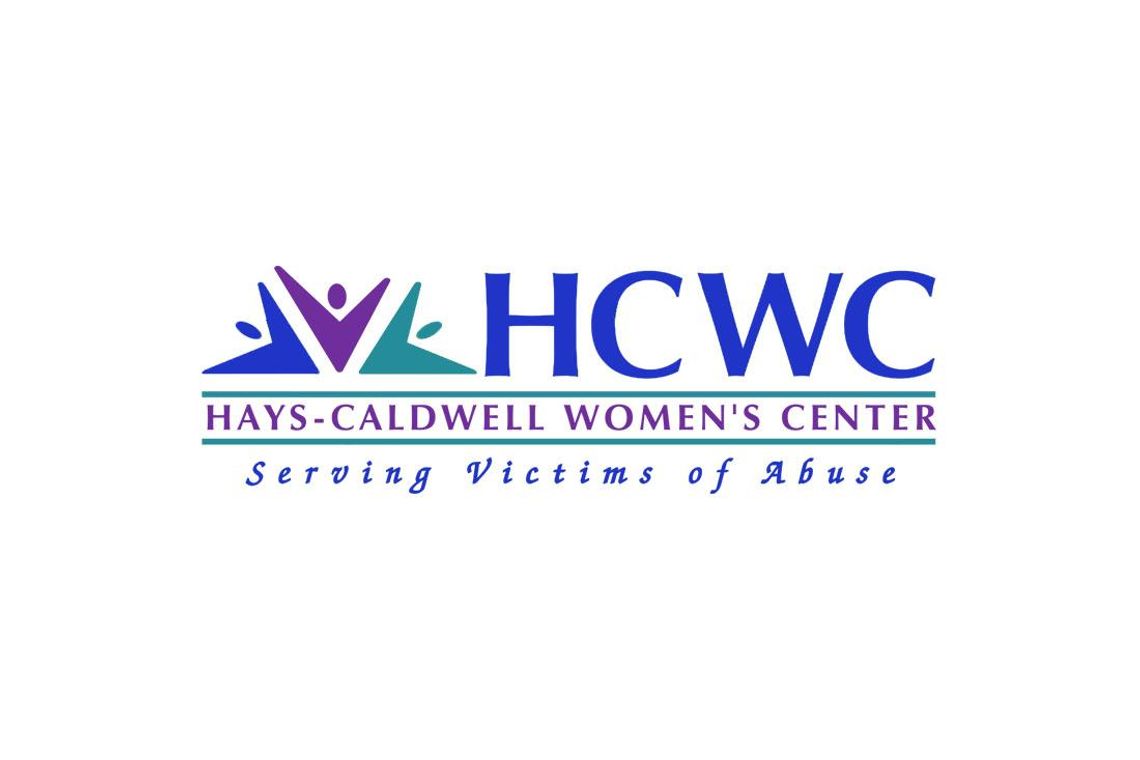The following article is part two of a five-week series focusing on raising awareness about domestic violence. October is Domestic Violence Awareness month and we hope to educate our community on this very important issue. 1 in 3 women will experience domestic violence in their lifetime. Locally, the Hays-Caldwell Women’s Center has been serving victims of domestic and dating violence, sexual assault and child abuse since 1978. Last year, HCWC served 2,307 victims of abuse (face-to-face) primarily from Hays and Caldwell Counties. 1,047 of those were victims of domestic violence.
We each have that one time where we wanted to help but weren’t quite sure on how to do that. It is our common humanity that moves us to action when we see a hurting person, and at times takes us into super helper mode. That way of helping is okay when a friend needs to move into a new home, or a loved one is grieving a loss so considerable they can’t function on the basic human level.
When it comes to domestic violence the desire to help only increases. Domestic violence is a complex issue that comes with safety concerns. In the moment when we witness abuse or hear that it is happening to someone in our lives the urge to jump right into the situation and help is going to be STRONG. This can further complicate the situation for the victim, and yourself. A person who is abusive wants to maintain power and control over their victim, and people who want to help a loved one can accidently put themselves, and the victim in more danger.
Some things to avoid in the helping process are:
•blaming the victim
•bashing the abuser •underestimating the potential danger of the situation
•confronting the abusive partner
•giving up on your loved one
This might leave you wondering, well then “what can I do?” As a supportive person to your loved one you can learn the warning signs of domestic violence. When someone shares with you their story of abuse know that this means they trust you with a big part of their life. The best thing you can do is listen without judgement and validate their experience. A few other ways to safely help is work on a safety plan with them, refer them to specific support like HCWC, and make time for them.
Supporting someone you love who is experiencing domestic violence can feel heavy at times. Throughout the helping process make sure to take time for yourself to recharge so that you can continue to offer help in a healthy way. That can look like journaling, processing with a safe person, exercising, or doing a relaxing activity.
If you would like more information on domestic violence, safety planning, and how to support a loved one please visit our website at www.hcwc.org or call our 24/7 Helpline @ 512-396-4357 to speak with an advocate who is ready to help answer your questions.
There are also ways that ANYONE can become involved and help end domestic violence in OUR community. It can be as simple as joining HCWC in spreading education and awareness about abuse by following us on social media and sharing educational content with your friends by using the handle: @HCWCenter on FaceBook, Twitter or Instagram or by subscribing to our email list on our website. You can also visit our educational website www. StopTheHurt.org for more education on abuse issues.







